In the early summer of 837, Bai Juyi, a renowned poet of the Tang Dynasty(618–907), wrote a poem reminiscing about the beauty of Jiangnan, the region of the Southern Yangtze River, while residing in Luoyang, north of the river. What left indelible memories on him was the charm of Hangzhou - with its Qiantang tidal bore, Lingyin Temple, and mid-Autumn osmanthus petals.
Bai never forgot his dream of revisiting Hangzhou. Countless others like him have since been entranced by their recollections of this city over the past 1,180 years.
Today marks a significant milestone for Hangzhou’s development as it hosts the 19th Asian Games. The Asian Games Mascots, with the group name Jiangnan Yi (Memories of Jiangnan), draw inspiration from Bai’s famous lines "Yi Jiangnan (Remembering Jiangnan)," and display the cultural tradition and aesthetic essence of this ancient city.
How did literati commemorate the legacy of Hangzhou over time? We gathered 13,837 poems depicting this city composed by 2,486 poets throughout the years from the early Tang Dynasty until the end of the Qing Dynasty(1644–1911). We analyzed and revealed the themes, temporal-spatial patterns, and sentiments of all poems in order to piece together a comprehensive cultural portrait of Hangzhou throughout history.

The city of Hangzhou, named and founded during the Sui Dynasty(581–618), was described as "a riverine state that is accessible by boat." It situated amid mountains, plains, and rivers, offering a diverse topography. The sunny and moderately humid climate produces picturesque scenery all year long. Since Sui, it has evolved into a major hub for water transportation along the south of the Yangtze River.
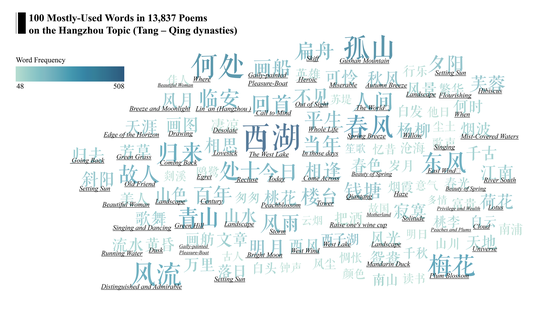
The abundance of material and natural landscapes fostered the rich culture of Hangzhou. Since the Tang Dynasty, a wealth of poetry has been written and sung to showcase the beauty of the West Lake, the surrounding mountains, and the wider Hangzhou area (refer to Figures 2 & 3).

The composition of Hangzhou poetry largely originated from the Tang Dynasty (refer to Figure 3). Of the 300 poems, Bai Juyi wrote the most to describe Hangzhou. Upon assuming the post of prefectural governor of Hangzhou, the poet worked tirelessly on governmental affairs while embarking on explorations of diverse landscapes. He composed almost 60 poems centered around his journeys in Hangzhou.
Hangzhou poetry flourished during the Song Dynasty (Figure 3). In the Northern Song period, notable poets included literatus Su Shi and his poetic companions Guo Xiangzheng and Mei Yaochen. When Su Shi was in Hangzhou working as the controller general, he earned Hangzhou the reputation as "the foremost state in Southeast China." Su found solace and comfort in Hangzhou, composing around 200 poems that depict his serene, cozy, and picturesque life there.
During the Southern Song period (1127-1279), Hangzhou poetry saw a significant contribution from poets Yang Wanli and Lu You, two of the "Four Masters" of Southern Song dynasty poetry,” as well as Wu Wenying, who mourned his beloved's passing in Hangzhou’s West Garden Village.
The Qing Dynasty, in particular, was the period when most Hangzhou poems were written (refer to Figure 3). Around 800 poets visited Hangzhou and produced approximately 3,800 poems. Emperor Qianlong (Hongli) alone composed almost 400 pieces during his trips to the south of China. Poets from Jiangsu and Zhejiang provinces, such as Yuan Mei, Zha Shenxing, and Shi Runzhang, were all prolific and yielded poems on West Lake sightseeing, Qiantang River Tidal watching, and temple meditations.

The 13,837 poems document almost 100 areas including Gushan Mountain, Su Causeway, and Fenghuang Mountainand others(refer to Figure 4). Notably, the West Lake and its surrounding mountains, the Qiantang River basin, and the Beijing-Hangzhou Grand Canal are the three most frequently mentioned locations.Three unique landscapes showcase distinct memories that represent three aspects of Hangzhou culture.
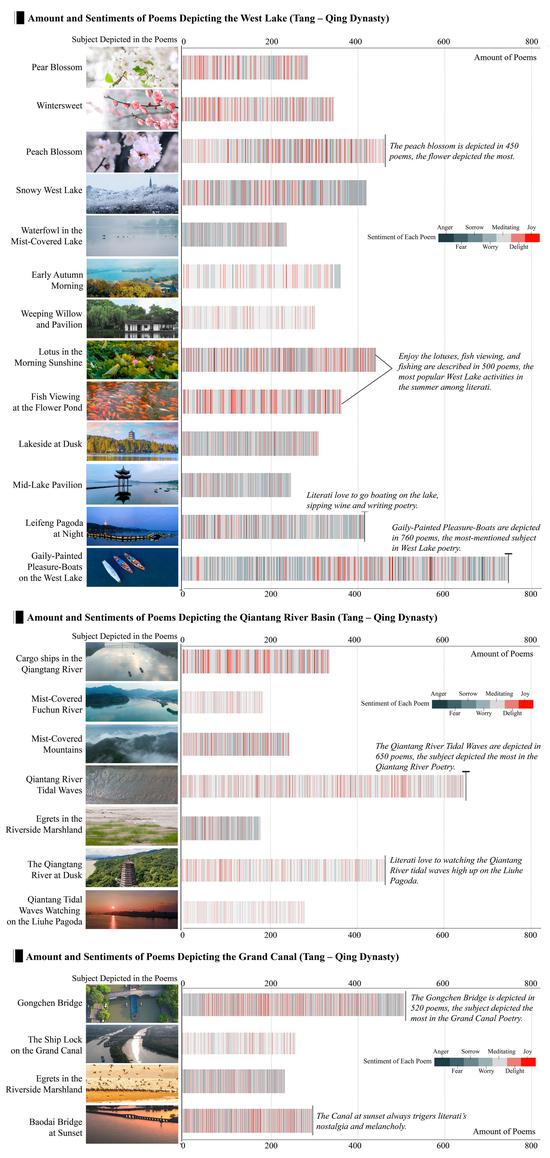
West Lake's poetic elegance, serenity and softness
It is believed that during the Qin Dynasty, the West Lake was simply a shallow bay. Until then, the shallow bay and the inner lake were identified as ‘Qiantang Lake.’ In the
Tang Dynasty, Bai Juyi wrote a poem and renamed it the "West Lake" after leading dredging and cleaning operations during his tenure as governor. Following Bai's initiative, poet Yao He, while serving as Hangzhou's prefectural governor, organized literati to compose poems around the lake.
Yao's poetry gatherings have since become a tradition among literati. Around 2,200 literati traveled to the West Lake and its surrounding mountains where they composed nearly 7,000 poems, firmly establishing the lake as a significant cornerstone of Hangzhou culture.
More than half of the poems evoke an elegant, serene, and soft ambiance (refer to Figure 5), possibly inspired by Chinese landscape pastoral culture and the captivating resonance of temple bells in the mountains.
As the poetry suggested, poets sailed across the mirror-like lake and delved deep into the surrounding mountains. The scenery unfolded before them included vibrant peach blossoms and singing warblers in the spring, breeze-ruffled lotuses and weeping willows in the summer, frosty leaves and lone egrets in the fall, and plum blossoms in the snow and crisp winter waters. Additionally, the reflections of pagodas in the lake during sunset offered a breathtaking view, and a night of poetry and music would also be a delightful experience. But it would be a pity if one missed out on the osmanthus blossoms, the ring of temple bells, and magnificent greens in the early morning mountains due to a hangover.
Qiantang River's Poetic Grandeur and Majesty
More than half of the poems related to Hangzhou depict the West Lake and its surrounding landscapes, using them as analogies of poets’ emotion and thoughts. The popularity of West Lake poetry has made the spot a prominent cultural element of Hangzhou, exuding grace and tranquility. However, Hangzhou's cultural essence is also defined by the towering surge of the Qiantang River, which resounds like thunder and stretches out to the horizon.
Unlike the serene and elegant West Lake poetry, the Qiantang River Poetry is rugged and powerful (refer to Figure 5). It captures yet another facet of Hangzhou culture. It's devoted and unwavering just as King Goujian,ruler of the Kingdom of Yue near the end of the Spring and Autumn period, vowed to serve the nation on the river. It's also passionate and courageous just as people gather to observe the remarkable Qiantang tidal bore. It's pragmatic, truth-seeking, and pioneering, much like the generations of laborers who have managed, utilized, and improved the river and its surroundings through their hands and minds.
The Grand Canal's Poetic Nostalgia and Compassion
Not far from the north of West Lake lies the three-hole stone arch Gongchen Bridge, flanked by scattered trees and houses on each side. The Gongchen Bridge serves as both the starting and ending point of the Beijing-Hangzhou Grand Canal, a waterway that flows northward through Suzhou and Yangzhou, crosses the Yellow River, and ends in Beijing. Originally constructed during the Spring and Autumn periods, it underwent extensions during the Sui and Tang dynasties before finally being completed in the Song and Yuan dynasties.
The canal tells numerous tales from the north to the south of the country throughout generations. And perhaps because it absorbs numerous narratives, or the Gongchen Bridge during the sunset brings tears to travelers' eyes, more than half of the poems about the Grand Canal evoke emotions tinged with melancholy (refer to Figure 5).
As described in the poetry, along the canal, the Song court fled south to Hangzhou after their defeat during the Jin–Song wars. In the Qing Dynasty, Emperor Qianlong's magnificent fleet crossed the Gongchen Bridge during his southern tour. Candidates traveled north to the capital to take the imperial examinations, while merchant ships returned from the north, carrying leather and tales exchanged for silk and tea. These poems uncovera new layer of Hangzhou culture- one that encompasses empathy, nostalgia, and companionship.

To remember Hangzhou is to recall its scenery of lakes and mountains, ebbing and flowing tides, and hustling and bustling life. It also encompasses the cultural deposits, traditions, and ethos of the city and its people across generations.
Hangzhou is a city of perpetual flow, where memories never fade.
Data Source
Chronological Maps of ancient Chinese poems (Chinese Academy of Social Sciences), China Biographical Database Project (CBDB), National Platform for Common Geospatial Information Service, Digital Museum of Ancient China Maps
Reference
Hangzhou.com.cn, Zhejiang Online (zjol.com.cn), Official Website of Hangzhou Municipal Bureau of Culture, Radio, TV and Tourism, History and Origins of Placenames in Hangzhou, Guangming Daily, Xinhua News, Official Website of 19th Asian Games, Sciencenet.cn
Presented by: Yu Lan
Producer: Wu Qingcai
Executive Producer: Peng Dawei
Director: Ma Qian, Xu Yang
Coordinator: Ma Qian
Data storytelling & Design: Ma Qian
Motion Graphics: Song Xiaoyu
Translator: Ma Qian
Proofreaders: Wu Xinru, Mo Honge











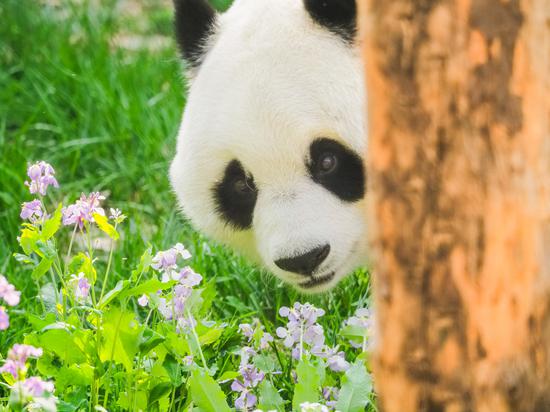

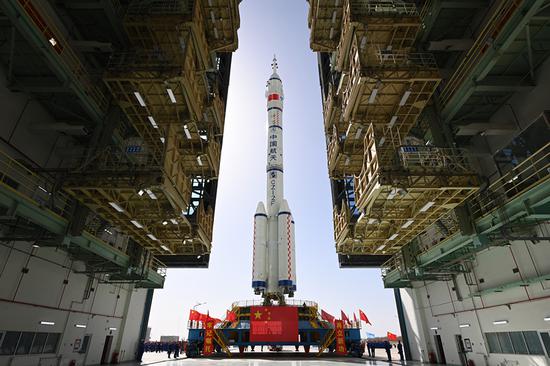
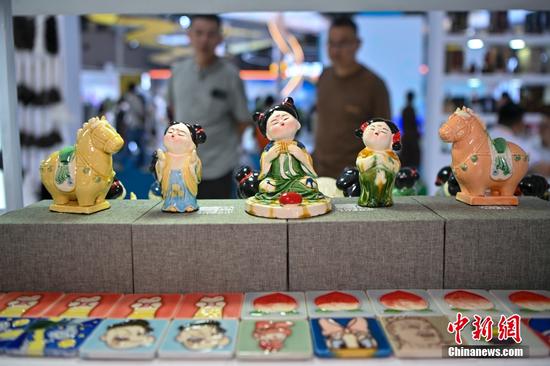

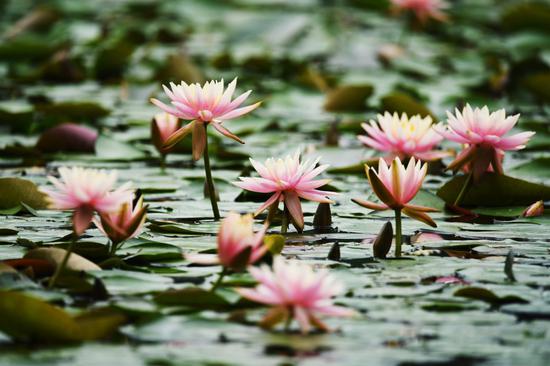
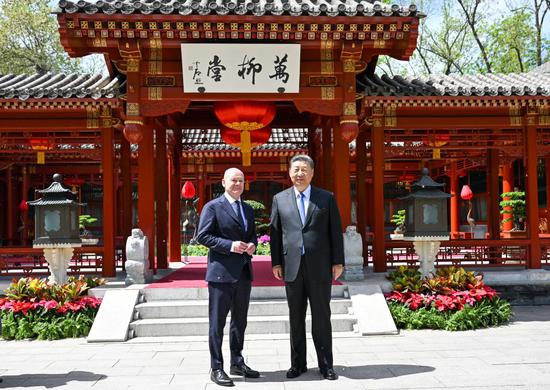
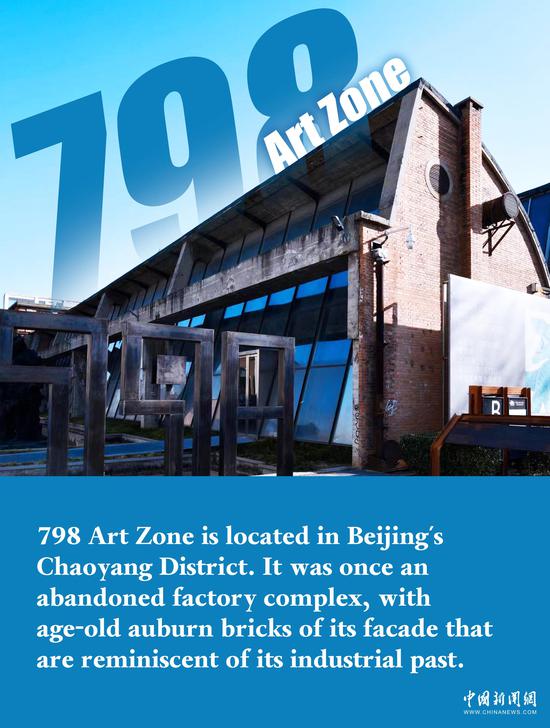



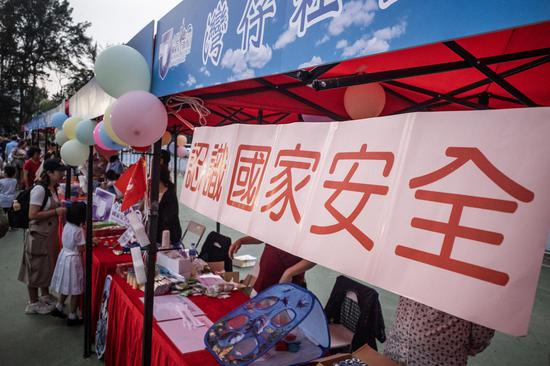
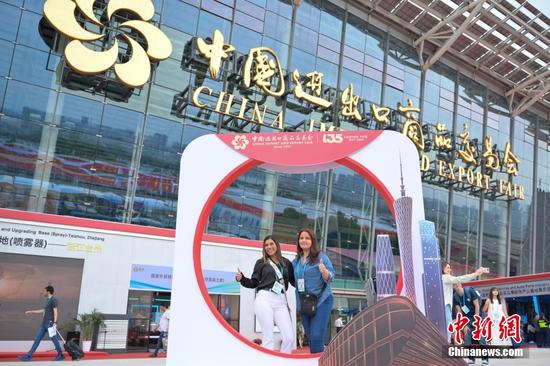
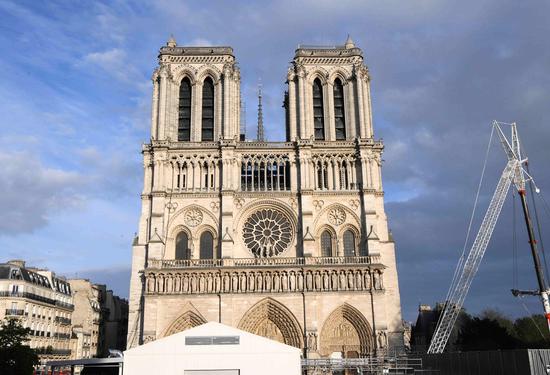
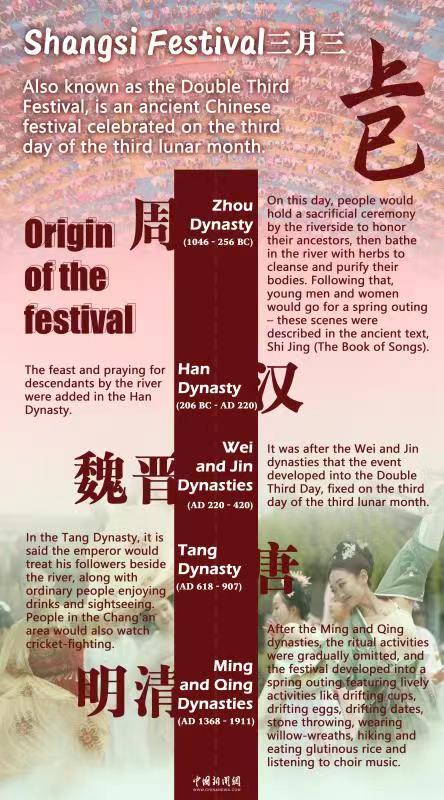



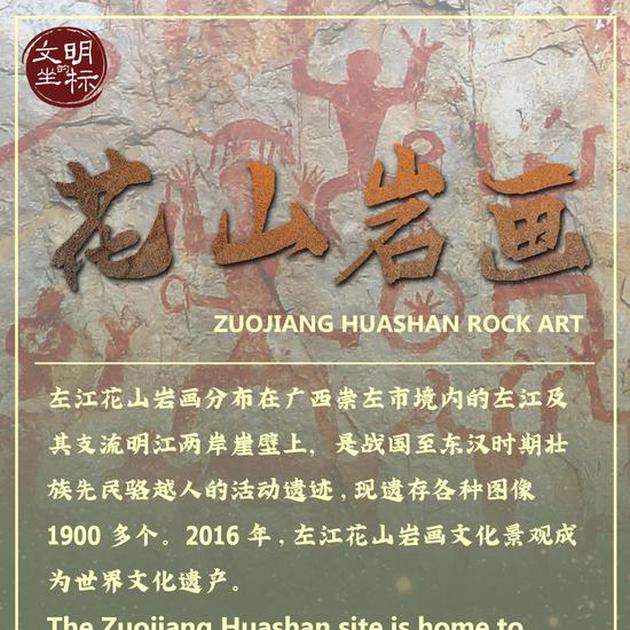


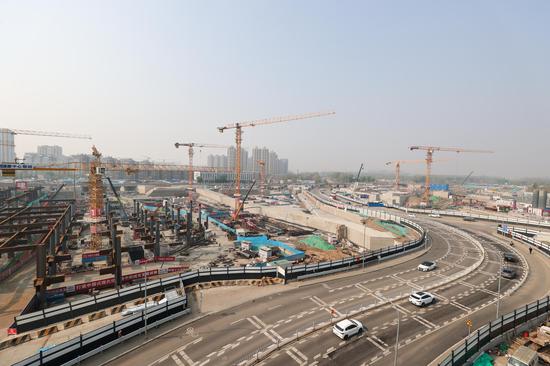
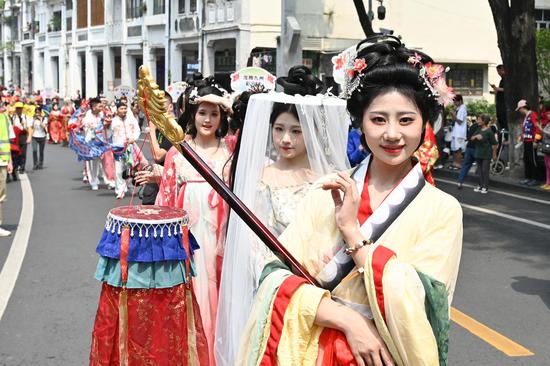

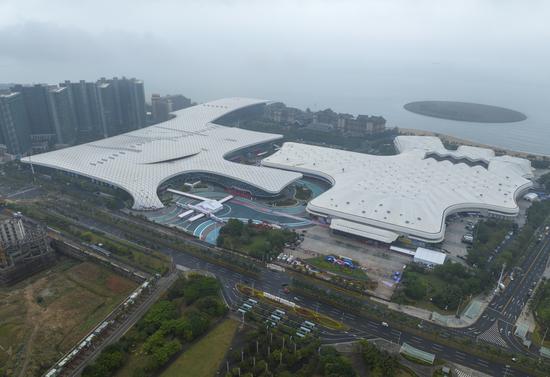
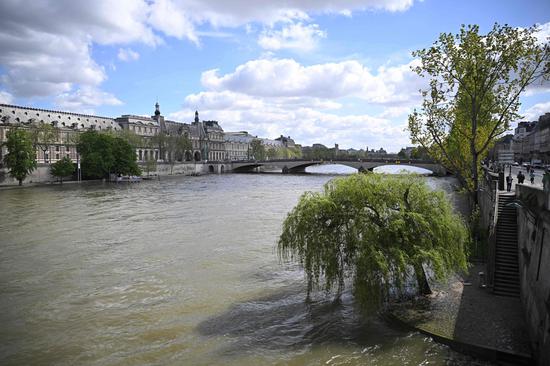
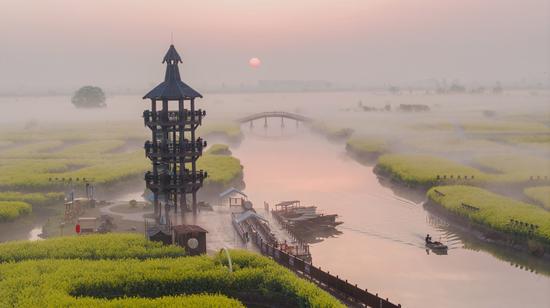
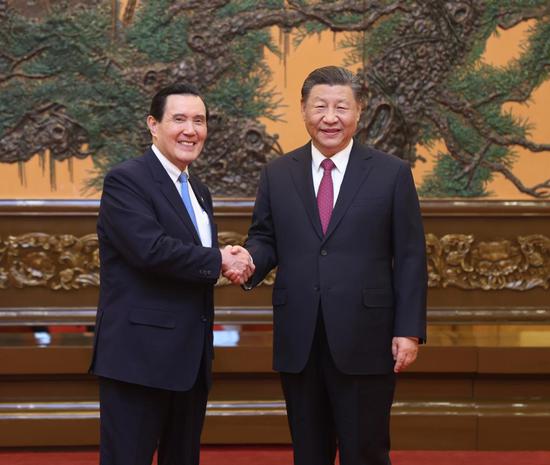
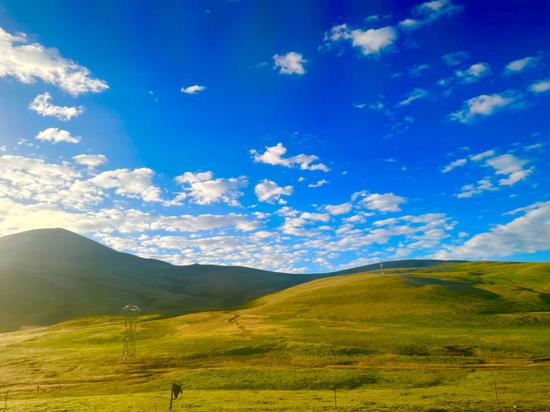
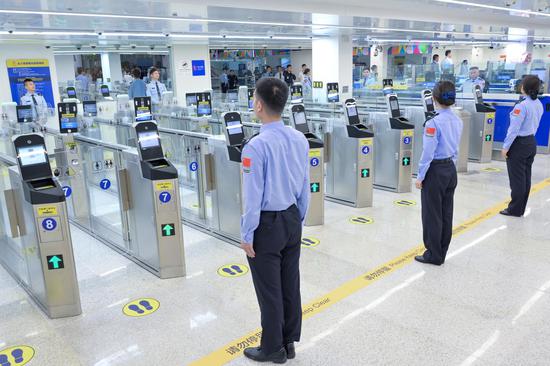
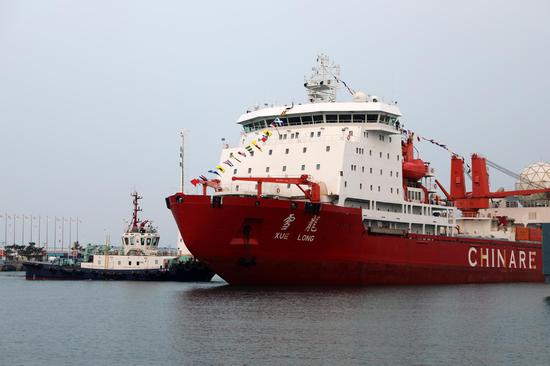
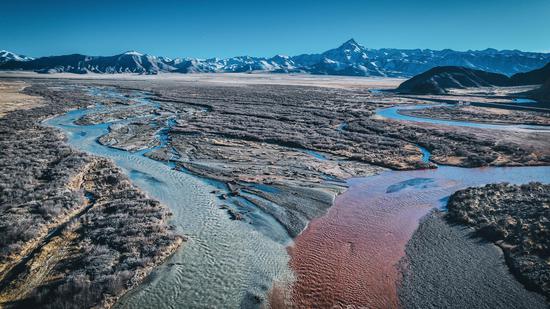
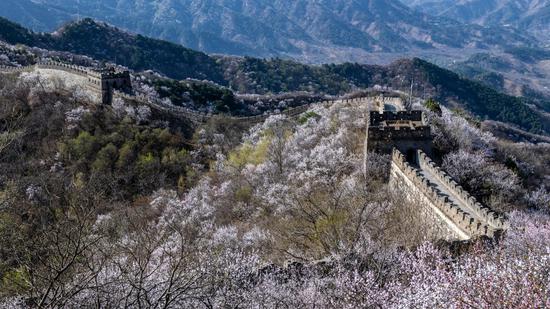
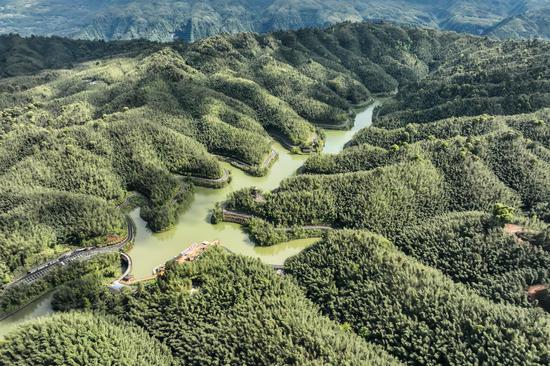

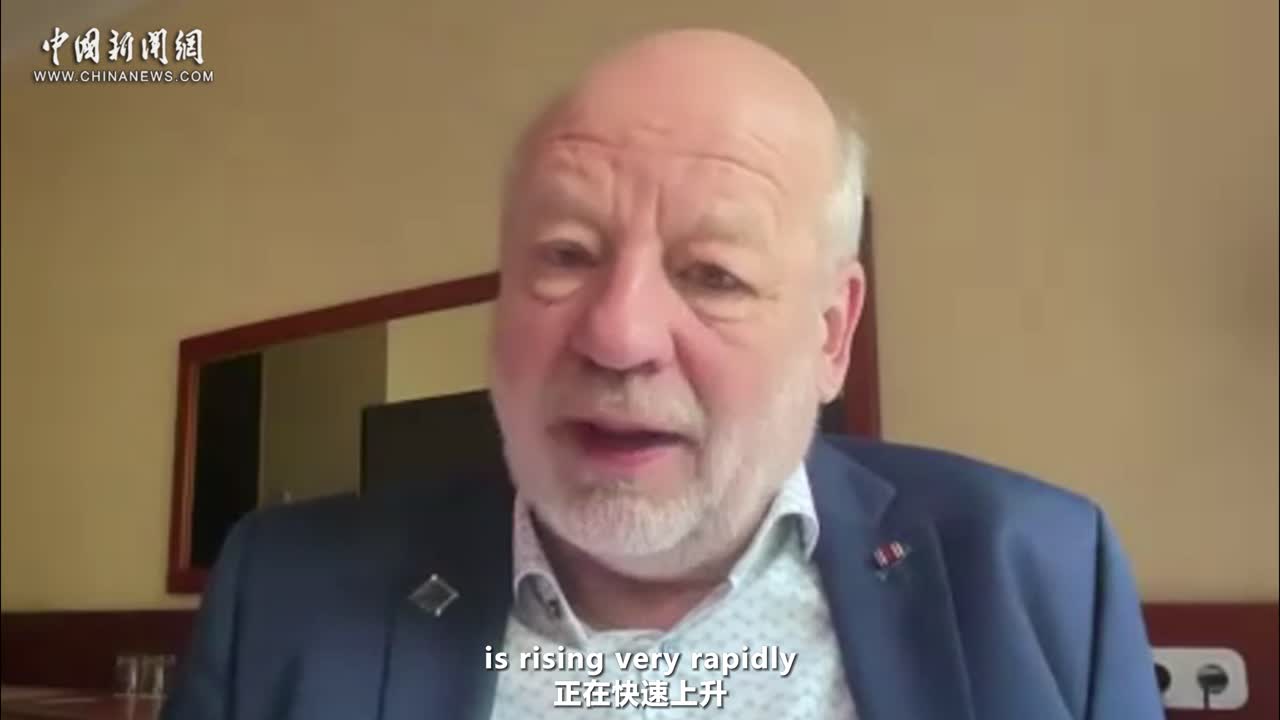

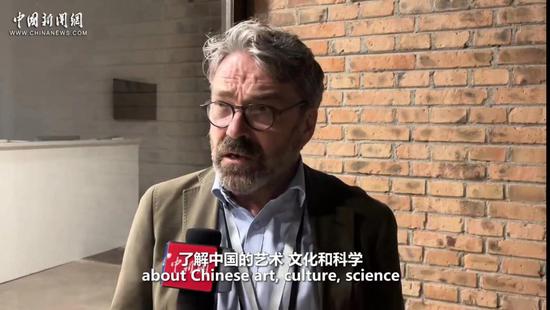

 京公网安备 11010202009201号
京公网安备 11010202009201号